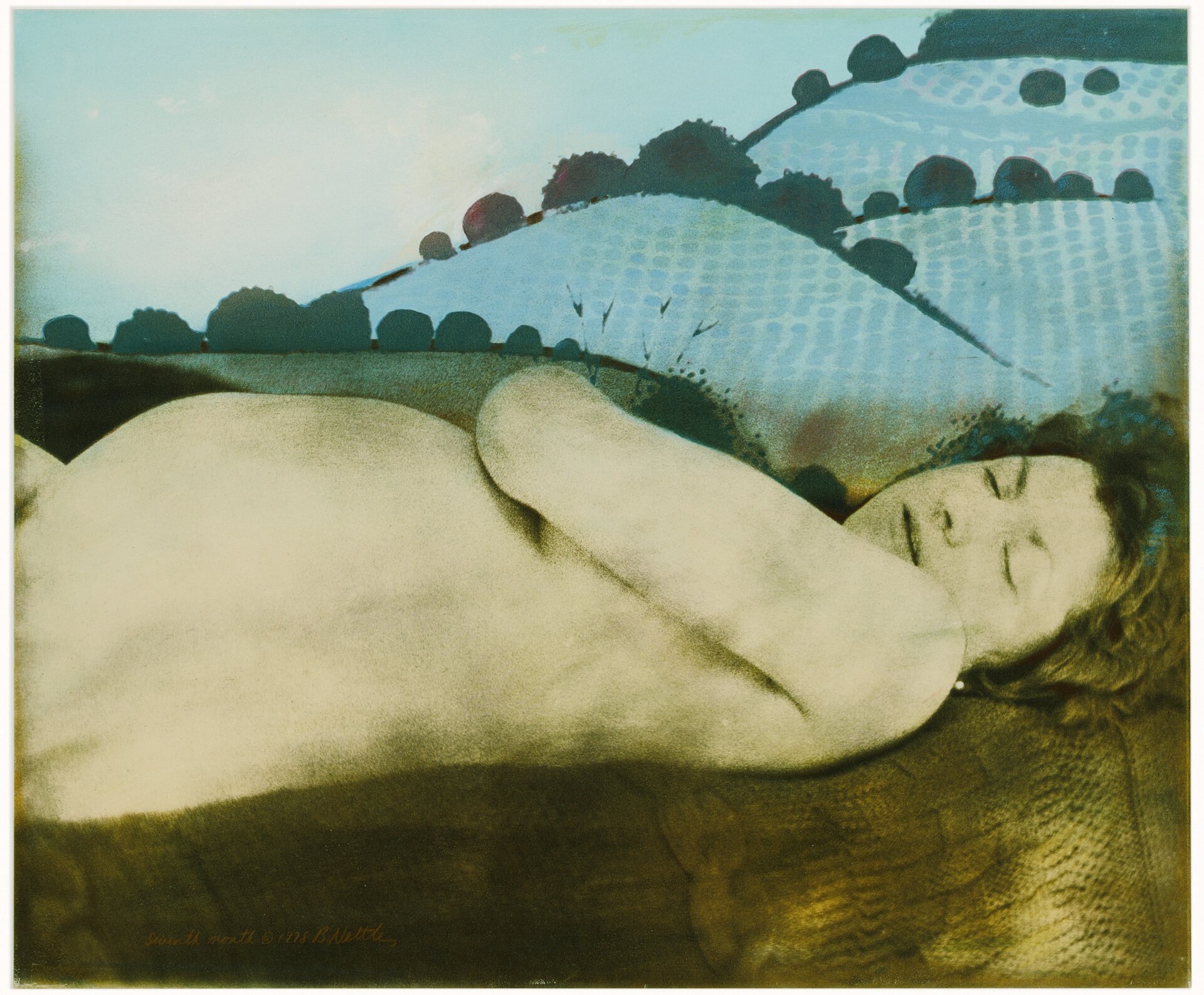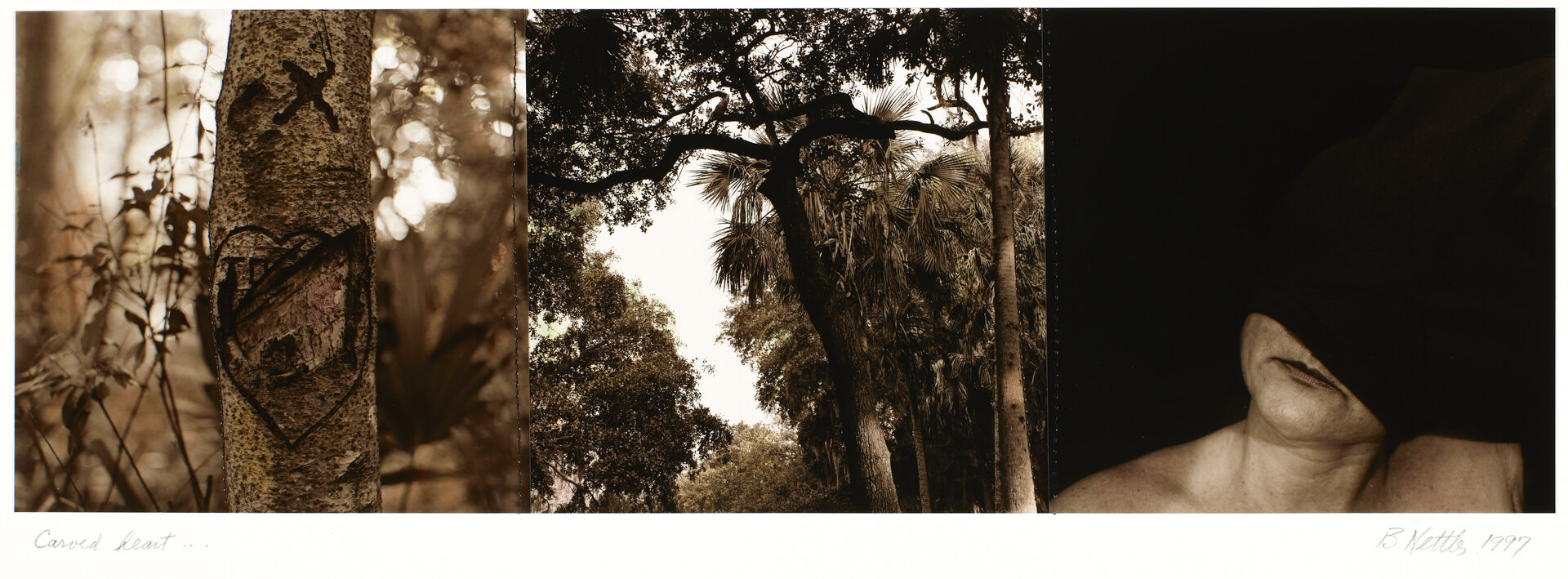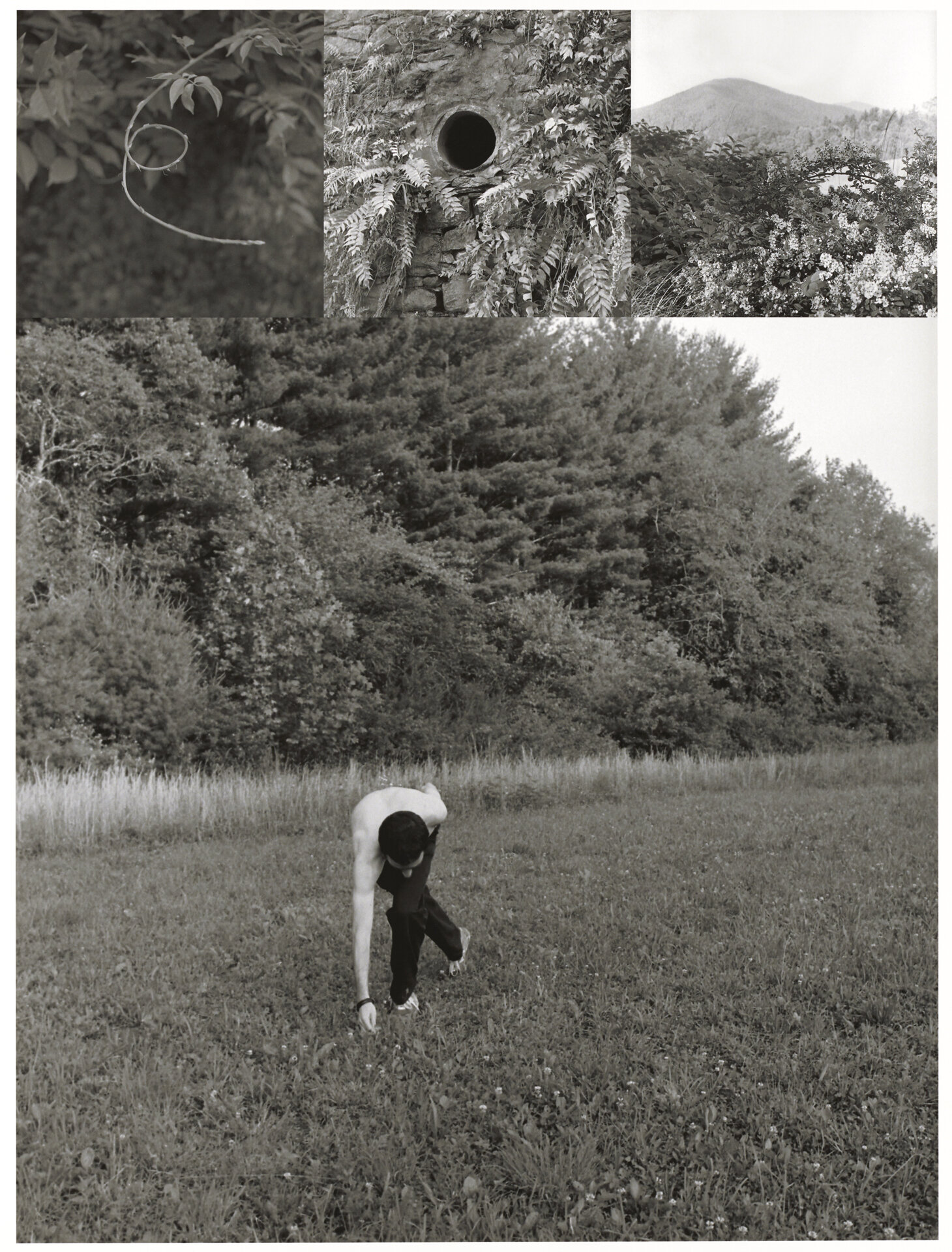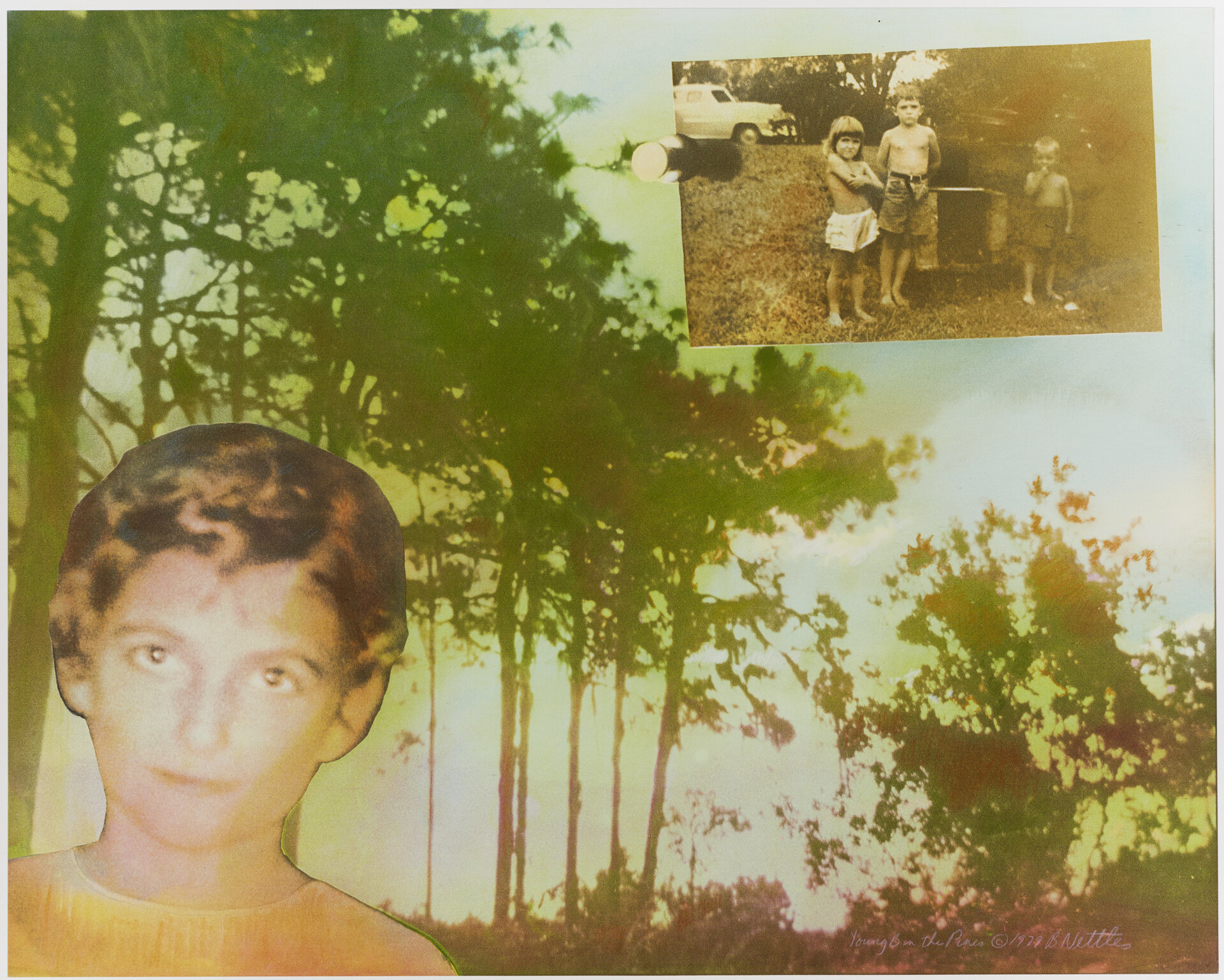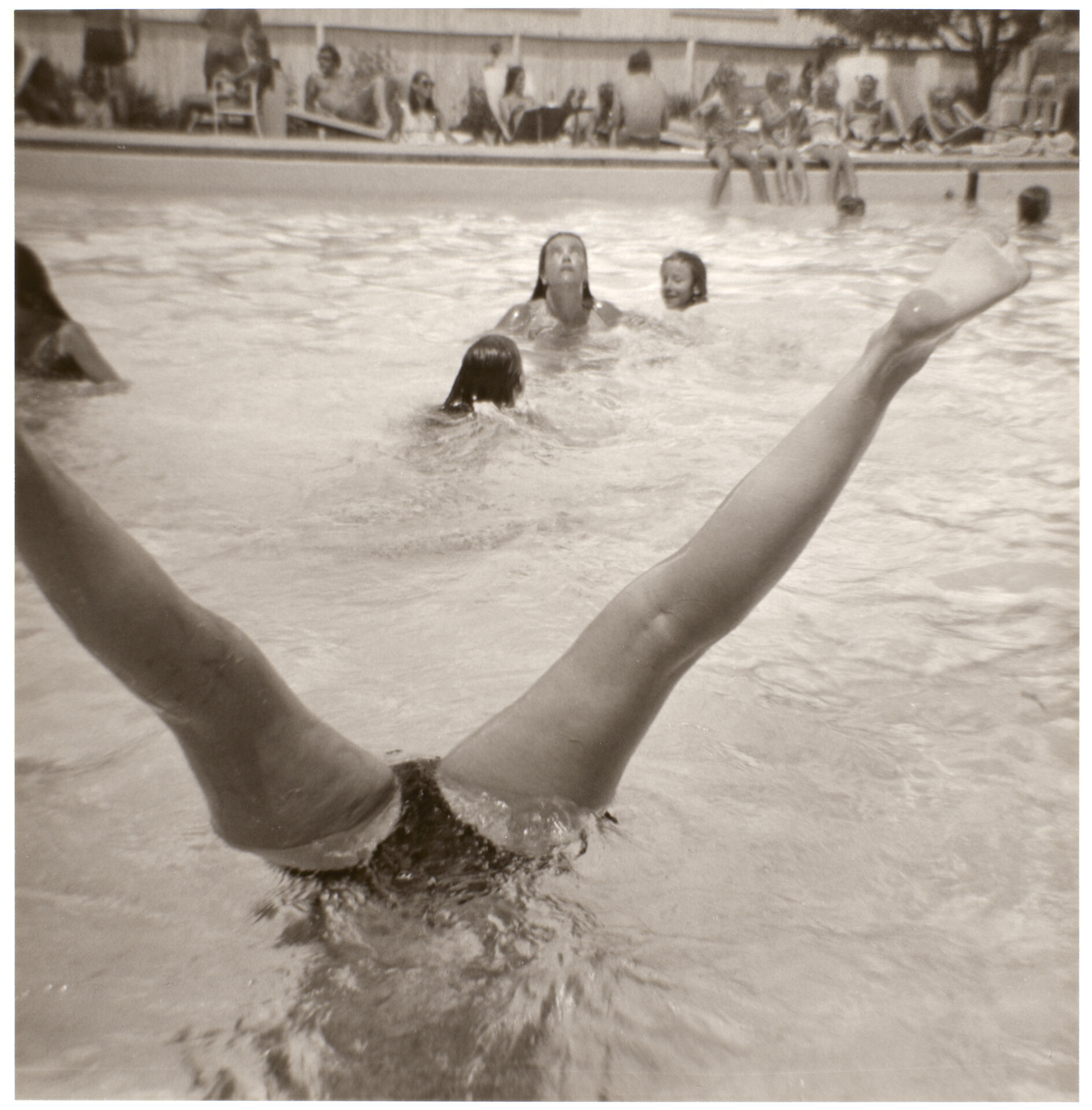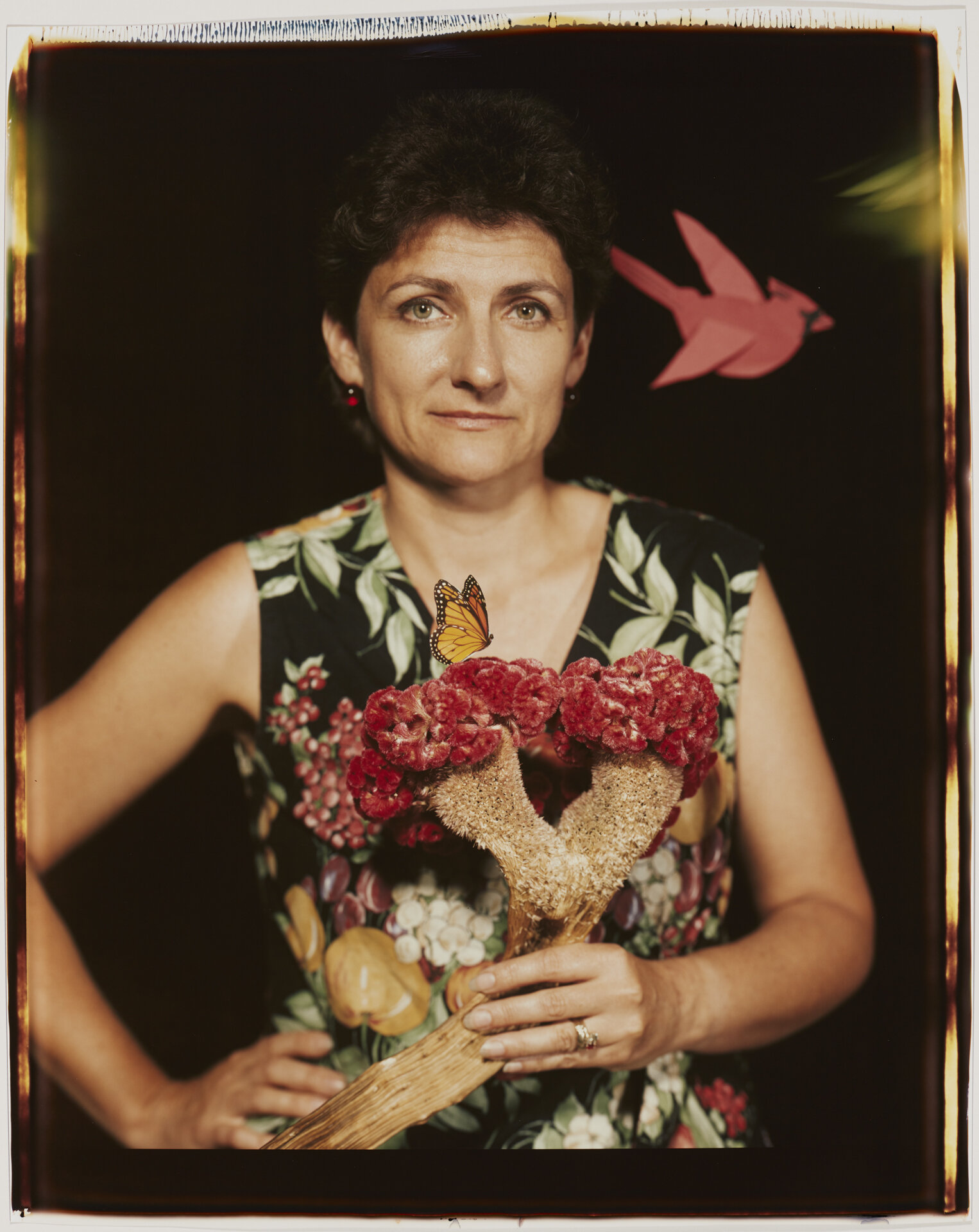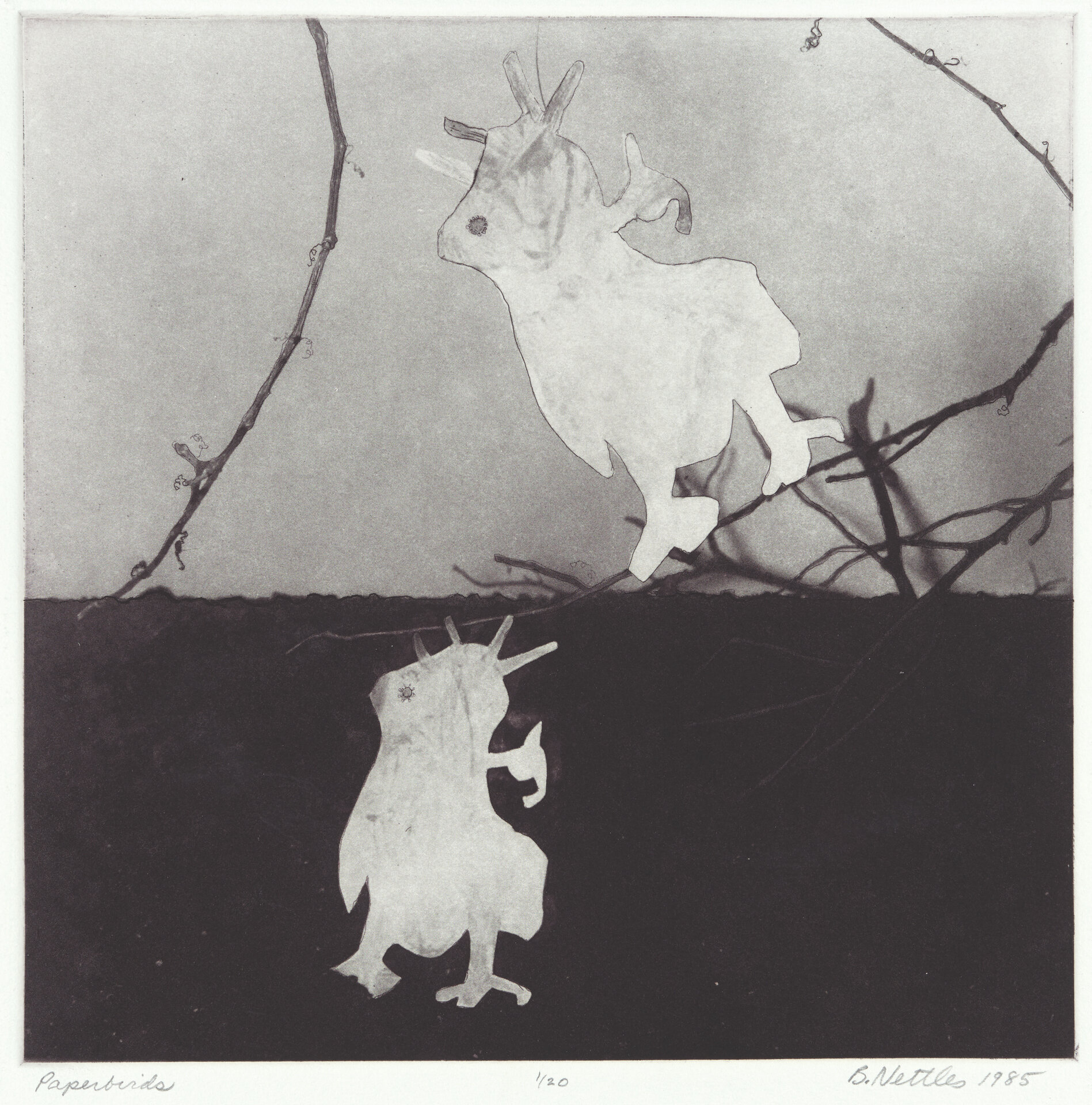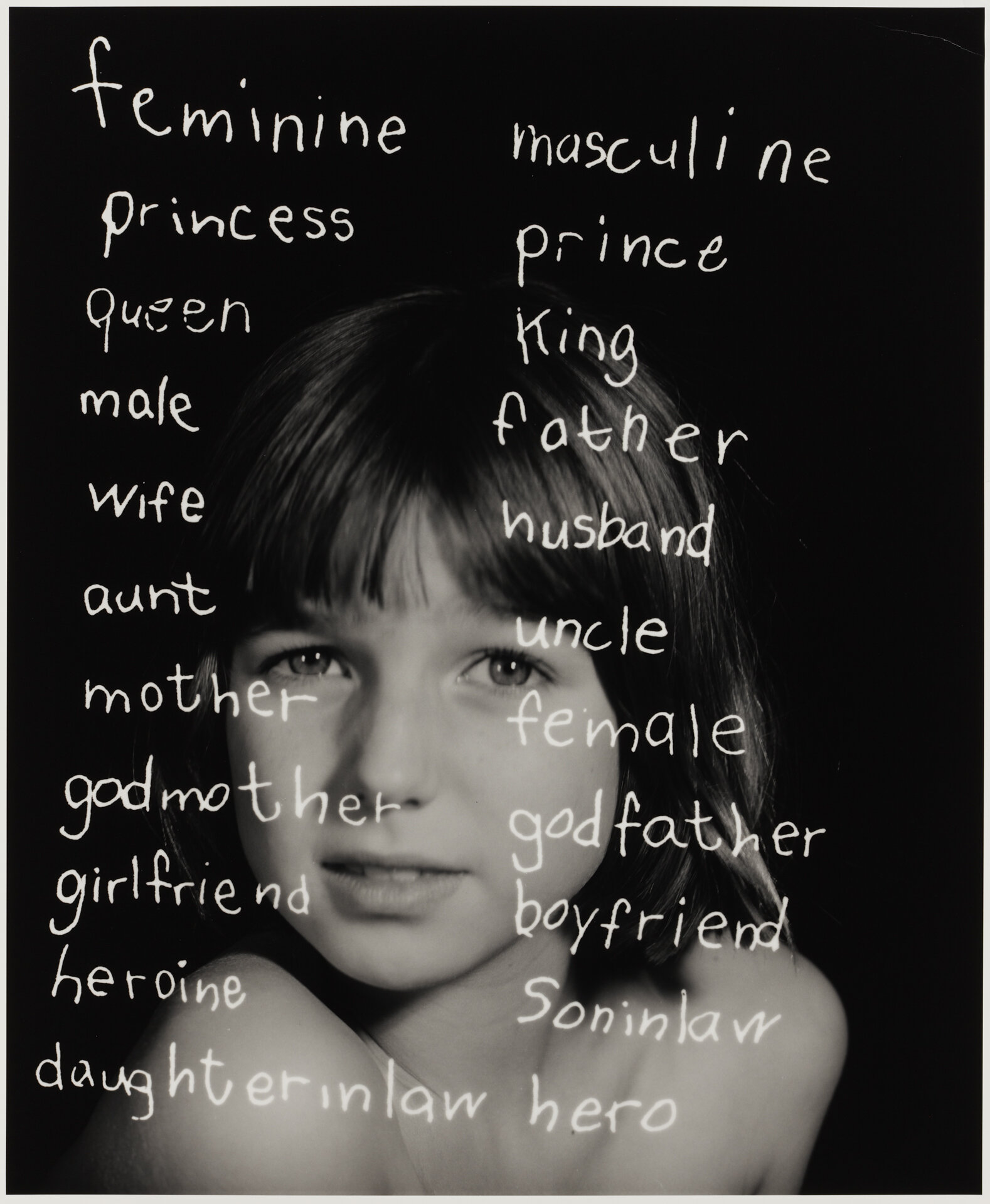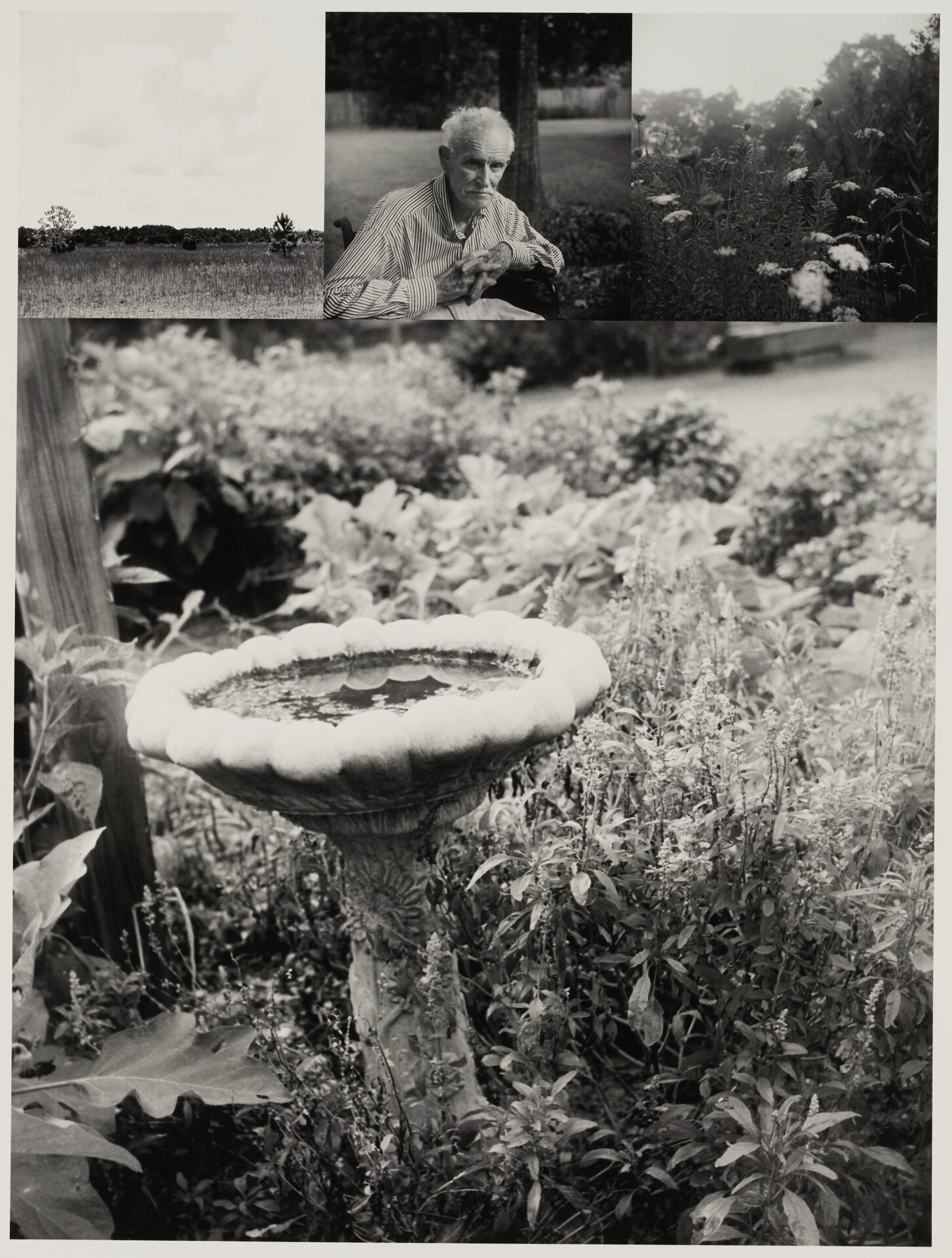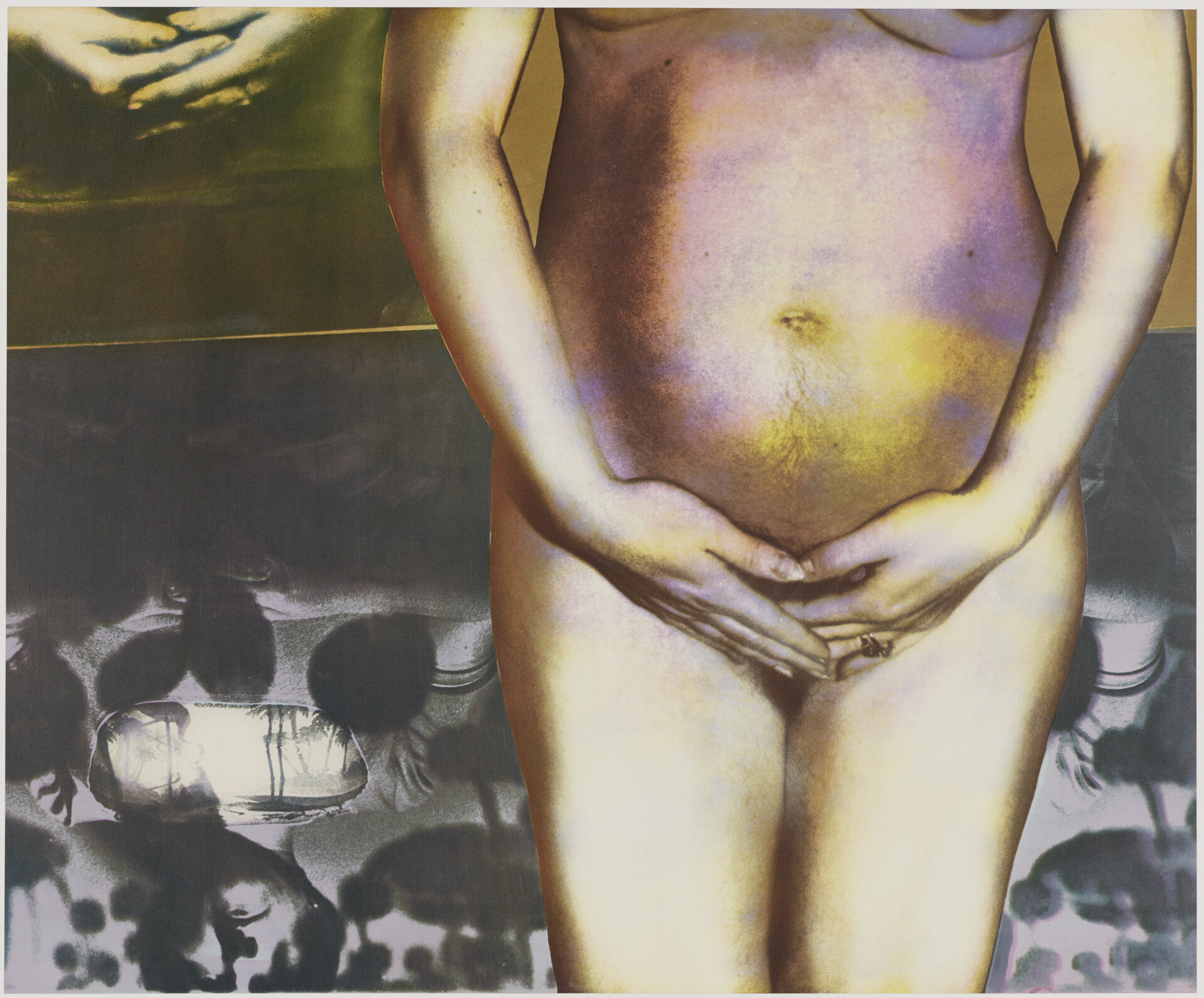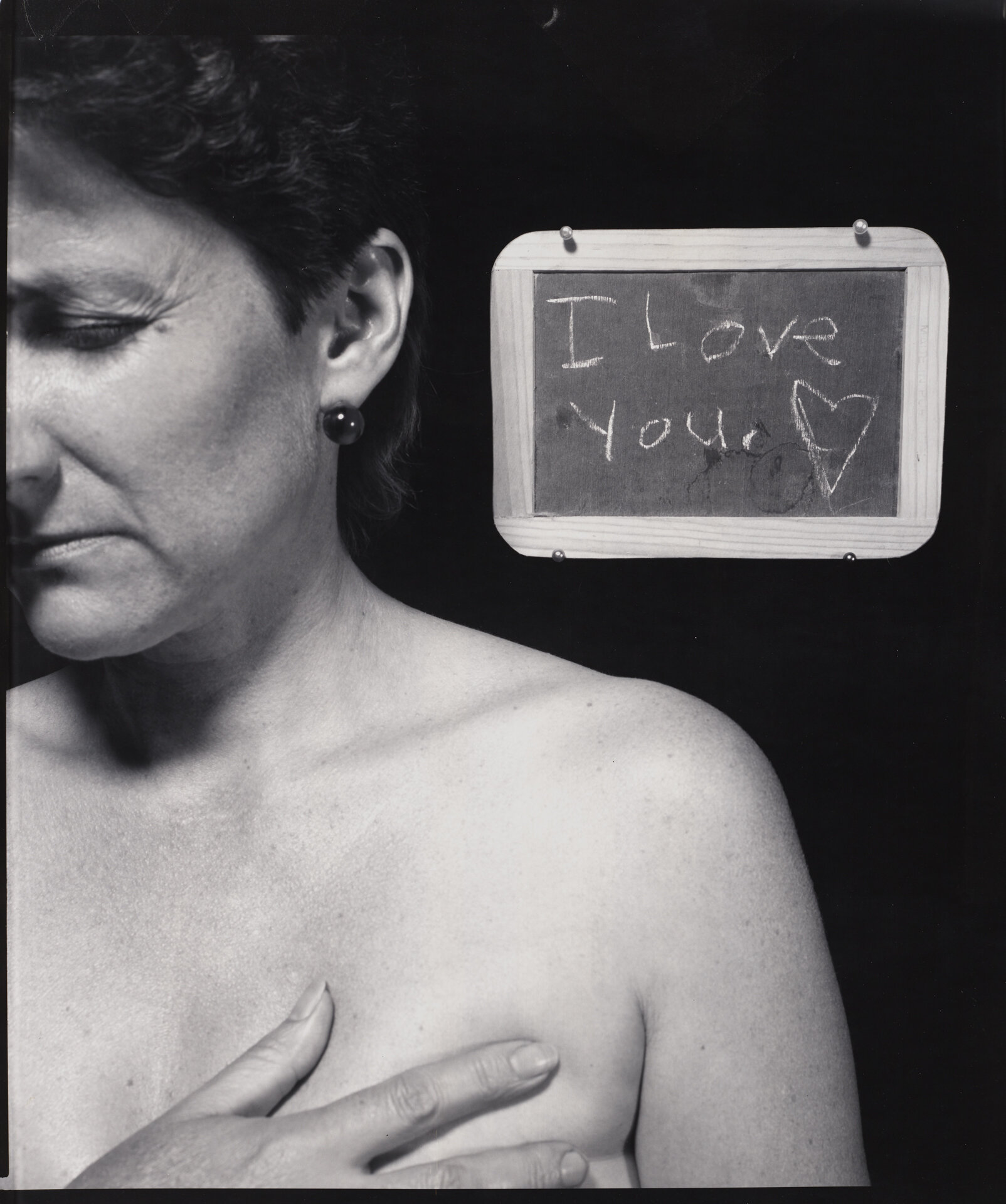Book Review: “Bea Nettles: Harvest of Memory”
By Jess T. Dugan | July 14, 2020
Published by The University of Texas Press in October 2019
Hardcover / 10.5" x 9.5" / 272 pages / 296 illustrations
Artist Bea Nettles has always been innovative and true to her personal vision, defying media specificity and exploring intensely personal topics at a time when neither approach was wholeheartedly embraced by the broader art world. Nettles’s work, often autobiographical in nature, addresses “themes of place, landscape, dreams, mythology, family, motherhood, aging, and the passage of time,” writes Jamie M. Allen, Associate Curator in the Department of Photography at the George Eastman Museum. Nettles’s artistic practice is experimental, combining craft and photography through a wide range of media and techniques, including the use of multiple cameras and photographic processes, stitching, hand-coloring, collage, printmaking, and bookmaking, among others. Nettles was born in 1946 and made her first photographic images just ten years later, as a child. Of these early photographs, Allen writes,
“Her first rolls of film are snapshots of her family, which she valued and saved. As the themes of passing time, childhood, family, and home became common throughout her work, she used these images, along with snapshots of her young self made by friends and family members, in many projects. These early snapshot negatives are not the only images that she revisits; for Nettles, every negative may be subjected to repeated use, time and time again and in various media.”
Bea Nettles: Harvest of Memory was published by the University of Texas Press in 2019 to accompany an exhibition of the same name organized by the George Eastman Museum in Rochester, NY and the Sheldon Art Galleries in St. Louis, MO. The book is edited by Allen and Olivia Lahs-Gonzales, former director of the Sheldon Art Galleries, each of whom have also written contextualizing essays exploring, respectively, the role of constraint on Nettles’ career and her experience being both an artist and a mother. On the latter topic, Lahs-Gonzales writes,
“Women artists have had to overcome much to fulfill their ambitions to be recognized artists, and they still struggle to be acknowledged at the same level as their male counterparts. At the same time, motherhood has never been conducive to the pursuit of artistic expression, in part because making art has been neither a socially acceptable profession nor always a safe practice. Indeed, it is often seen as an impractical and selfish pursuit … In the established institutions of the art world, subjects related to motherhood are often considered too ‘sentimental’ or ‘emotional.’ Throughout her career, Bea Nettles faced such criticisms, beginning in her early days as a student and continuing in later years, as is revealed in several reviews of her work that faulted it for being ‘too personal.’ The women who have made art about what it is to be a woman or mother are often left out of the history; when they are recognized at all, their works are more often found in specialized thematic publications or in segregated ‘Women’s Art’ museums.”
The publication includes selections from Nettles’s major bodies of work, ranging in time from 1968 through 2016, the majority of which are from the permanent collection of the George Eastman Museum, which holds more than 145 of her artworks, 23 of her rare or handmade books, and each of her 12 trade books. The opening statement, borrowed from her book The Skirted Garden: 20 Years of Images, published in 1990, reads, “I see my career as a spiral with my ideas always circling and picking up reflections of earlier thoughts.” Looking through the book, this notion is highly evident, as her work engages with a core series of ideas through multiple, innovative approaches. I am struck by the depth of emotion, and her willingness to share her own story and experiences so candidly and powerfully, in her work. Even now, work made from, and about, the experience of being a woman, being a mother, and raising a family is often not taken as seriously as it should be. However, the strength of Nettles’s work is not only due to its subject matter; it is also rigorous in its formal approach. Her multiple bodies of work exist in a variety of physical forms, as each project’s physicality responds to its conceptual content, rather than being dictated by a predetermined process or method of working.
As an artist who is exactly forty years Nettles’s junior, I am aware that many of the opportunities available to me and to other contemporary artists – particularly those who are female and whose work explores similar topics as hers, long considered too sentimental or personal to be taken seriously as art – were not available to her when she was our age. Yet, she nevertheless committed herself to a rigorous life as an artist and had the intrinsic drive to make the work she needed to make, regardless of the world not quite being ready for it. As I spent more and more time with Nettles’s work, it became clear that her life and her work were not separate entities, but rather that they coexisted and mixed and informed one another in deep and complicated ways, as is the case with so many compelling artists. This exhibition, catalog, and new scholarship reaffirm her position within the history of art and photography as an essential, influential, and powerful artist.
The catalog is available from the University of Texas Press.
A virtual tour of Harvest of Memory at the George Eastman Museum can be viewed here.

